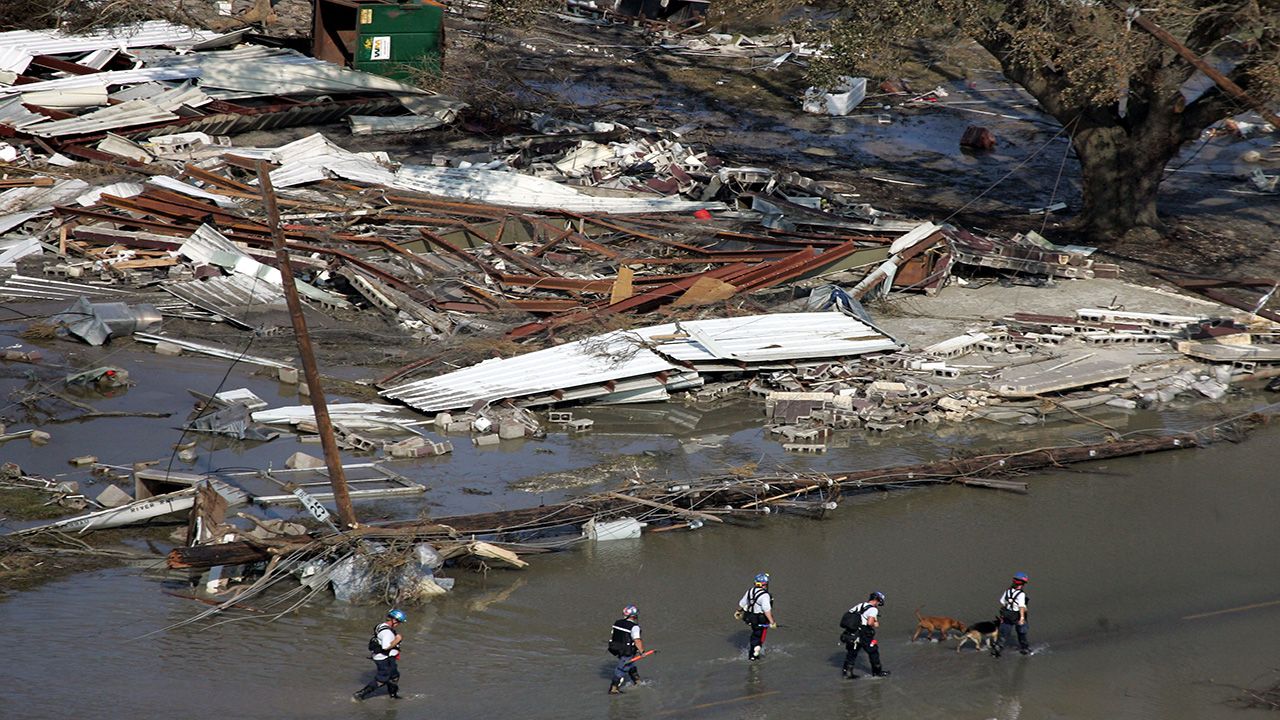The 2020 hurricane season has been an active season, to say the least. Many comparisons have been made to the 2005 season which was not only active, but also had some interesting elements to it.
Until now, the 2005 season was a record year that has now been surpassed by the current season, which isn’t over yet.
The year 2005 brought us 28 tropical or subtropical storms and, like this year, involved the Greek alphabet in naming storms.
Four Category 5 storms developed during the 2005 season: Emily, Katrina, Rita and Wilma. In July, Emily reached peak intensity in the Caribbean Sea, becoming the first Category 5 hurricane of the season, later weakening and striking Mexico twice.
Katrina reached peak winds over the Gulf of Mexico, then weakened by the time it made landfall along the coast of Louisiana and Mississippi. Katrina was devastating: Its storm surge crippled New Orleans for weeks and devastated the Mississippi coastline.

Katrina became the costliest U.S. hurricane on record, leaving $125 billion in damage and over 1800 deaths.
September brought us Rita, peaking in the Gulf of Mexico before weakening and hitting near the border of Texas and Louisiana.
The season's strongest hurricane, Wilma, became the most intense Atlantic hurricane on record, as measured by barometric pressure, 26.00 inHg. Lasting for 10 days in October, Wilma hit Cozumel, the Yucatán peninsula, and Florida.
While we officially define hurricane season as ending on November 30th, the 2005 season saw two storms in December. Hurricane Epsilon formed on November 29 and lasted through December 8.
Zeta was even more interesting, forming on December 29th and lasting into the new year before finally dissipating on January 6, 2006.
But we’re not done yet. During the 2005 postseason analysis, the National Hurricane Center identified an additional subtropical storm that had gone unclassified over the course of the season. An upper-level low formed west of the Canary Islands and moved westward, developing into a subtropical depression on October 4.
.jpg)
It quickly intensified into a subtropical storm before it merged with the cold front where its remains were absorbed by a non-tropical low. The low that absorbed the storm would eventually become Hurricane Vince.
There you go: Some fascinating facts about the 2005 hurricane season that you can impress your friend with. Let’s hope the 2020 season ends promptly on November 30.



